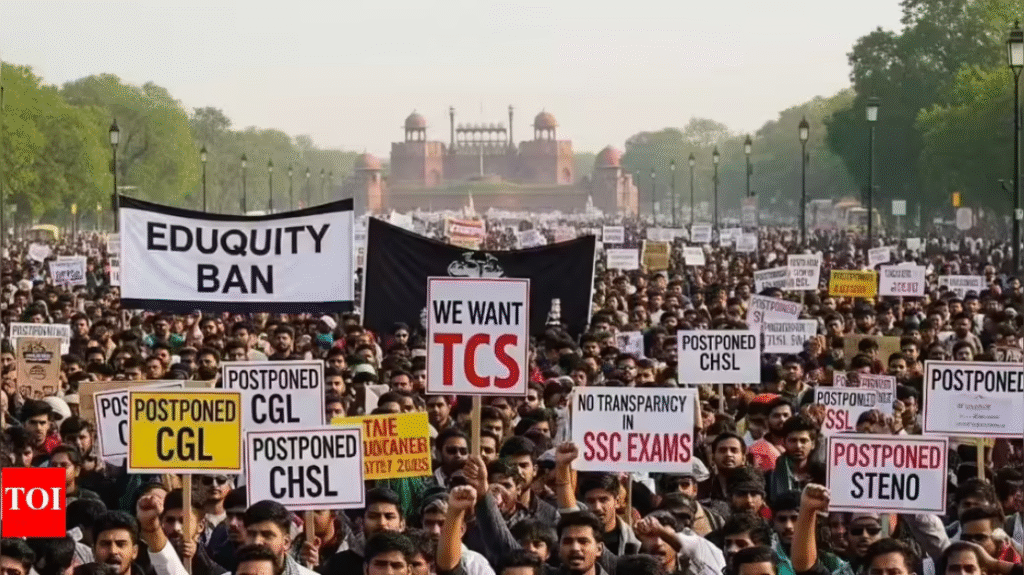New Delhi, August 15, 2025 — In his Independence Day address, Prime Minister Narendra Modi unveiled sweeping reforms to India’s Goods and Services Tax (GST), promising a “double Diwali” for citizens. The reforms include a move to a simplified two-slab GST system, set to take effect before the festive season, aiming to ease the tax burden and streamline compliance.

Check out key highlights of GST Council Meeting 2025 highlights
What’s Changing in GST
Simplified Two-Slab Structure
The Finance Ministry has proposed that India transition to just two main GST slabs—5% and 18%—for most goods and services, replacing the current multi-tiered system of 5%, 12%, 18%, and 28%.
Special Slab for Luxury & Sin Goods
A 40% GST rate will be levied on a limited set of luxury and sin items, such as tobacco, gutkha, and high-end products.
Major Reclassification Moves
- Around 99% of items currently taxed at 12% may be moved to the 5% slab.
- Approximately 90% of items in the 28% bracket could move down to 18%, greatly reducing tax pressure on many goods.
Why the Reform?
Rationalise & Simplify GST Regime
The overhaul aligns with three key pillars: structural reform, rate rationalisation, and ease of living—goals highlighted by the Finance Ministry in post-announcement briefings.
Boost Consumption Ahead of Diwali
Lower GST rates are intended to stimulate consumer spending during peak festive season and address affordability concerns for daily-use goods.
Ease of Compliance for Businesses
By reducing complex classification and rate disputes, the reforms aim to improve tax administration and ease the compliance burden on both small and large businesses.
Potential Impact & Challenges
| Impact Area | Details |
|---|---|
| Consumers | Lower tax on essentials, especially aiding middle class and rural segments. |
| Businesses | Simplified filing, reduced classification disputes, improved ease of doing business. |
| Revenue Implications | Possible short-term decline, but consumption boost may offset losses—estimates suggest up to a ₹500 billion fiscal impact. |
| Political Dynamics | States may resist, given potential loss in tax collection; GST Council debate expected in Sept–Oct. |
Legal Considerations
- The GST Council—headed by FM Nirmala Sitharaman and consisting of central and state tax ministers—will be the key body to finalize slab changes.
- The government plans to phase out the compensation cess, freeing up fiscal space for this reform exercise while maintaining revenue share stability.
Expert Perspective
Tax analysts view this reform as overdue, with India’s complex GST slabs long criticized for harming ease of doing business. A two-slab structure could align India closer with simpler tax regimes globally. However, policymakers must navigate state resistance and ensure long-term fiscal sustainability through careful rollout and stakeholder consensus.
Conclusion
India’s proposed GST revamp signals a bold step toward tax simplicity, affordability, and enhanced economic growth. With broad-based benefits—especially for everyday consumers and small businesses—the reform particularly resonates in the pre-Diwali period. The upcoming GST Council meeting in September will be a crucial moment, as challenges and commitments for future implementation come into focus.
To read more Indian Laws and news, visit Legal Guide India



